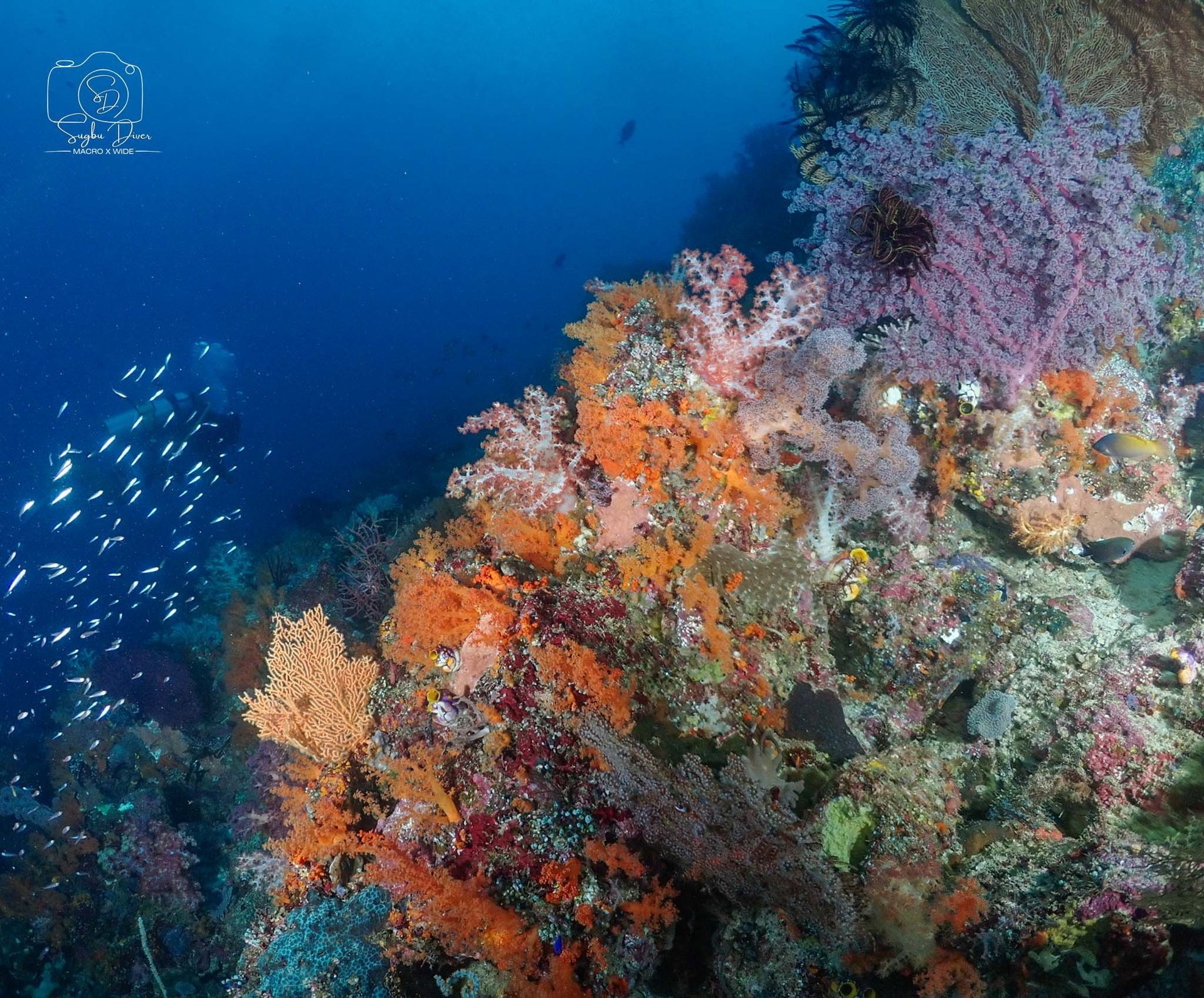
Honest Review Raja Ampat Diving and Sorong Experience
Discover an honest review of Raja Ampat diving and the Sorong experience, covering the best Raja Ampat diving spots, liveaboard adventures, and the stunning beauty of Raja Ampat Island. Get insights on what to expect for an unforgettable underwater journey!
RAJA AMPAT DIVINGRAJA AMPAT ISLANDRAJA AMPAT LIVEABOARD
6 min read
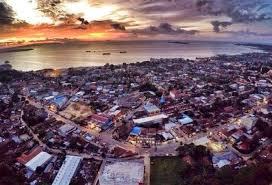

Sorong: The Gateway to Raja Ampat
Most liveaboard trips to Raja Ampat start in Sorong, a small city with limited entertainment options. It’s not a place you’d want to explore extensively, but it serves its purpose as a transit hub. English is not widely spoken, which can make communication a bit difficult, but the locals are polite and will try their best to help.
Safety & Walking Around
While walking in Sorong is probably safe, I never fully felt at ease, especially as a solo traveler. The only time I ventured out was to watch the sunset at the port. However, as darkness fell, I felt uncomfortable since there were around 10 men drinking on the street near the entrance. I had to ask my motorcycle driver (with difficulty due to the language barrier) to meet me in a well-lit area with kids playing, which felt much safer.
Shopping & Essentials
If you're expecting big shopping malls, manage your expectations. Sorong has small malls where you can buy basic necessities, but I highly recommend packing everything you need, especially a medical kit, to avoid any inconvenience.
Food & Accommodation
Sorong has some good restaurants, but they are not the trendy, Instagram-worthy cafés you might find in Bali. However, the food is decent and enjoyable. The same goes for accommodations – comfortable and functional, but not stylish or luxurious. If you expect Bali-style boutique hotels or beach resorts, you will be disappointed.
Transportation
Getting around Sorong is quite affordable and convenient. You can book a taxi, Grab, Maxim, or Gojek. For quick errands, I found Gojek motorcycles very useful, but for airport transfers, I preferred Grab for comfort.
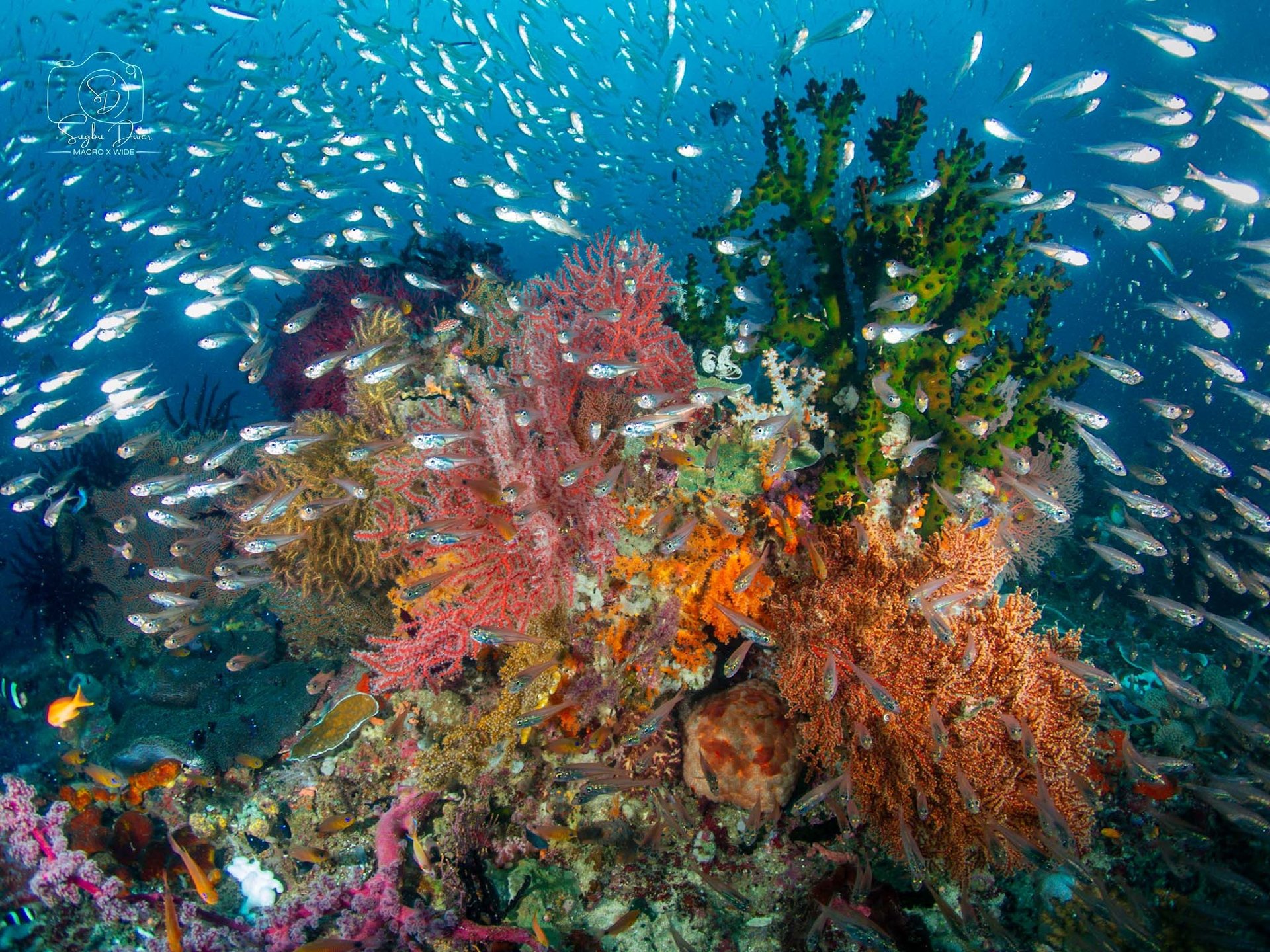
Diving in Raja Ampat: The Real Highlight
Diving in Raja Ampat: Why It's Worth It!
When I first heard about Raja Ampat, it almost felt mythical—a diver’s paradise hidden away in the remote corners of Indonesia. The journey to get there isn’t exactly easy, but the moment I descended into its waters, I knew it was worth every long flight, boat transfer, and dollar spent.
Raja Ampat isn’t just another dive destination; it’s an underwater masterpiece, home to some of the most biodiverse marine ecosystems in the world. If you're even slightly considering diving here, let me take you through why this place should be at the top of your bucket list.
I’ve dived in many places, but nothing compares to the sheer diversity of life in Raja Ampat. It’s like swimming in a perfectly curated aquarium, except it’s completely natural. Scientists say it holds over 1,500 species of fish and 600 species of coral, and honestly, it feels like even more when you’re down there. Everywhere you look, something fascinating is happening and my most magical experience is seeing a swirling vortex of fusiliers moving in perfect synchrony.
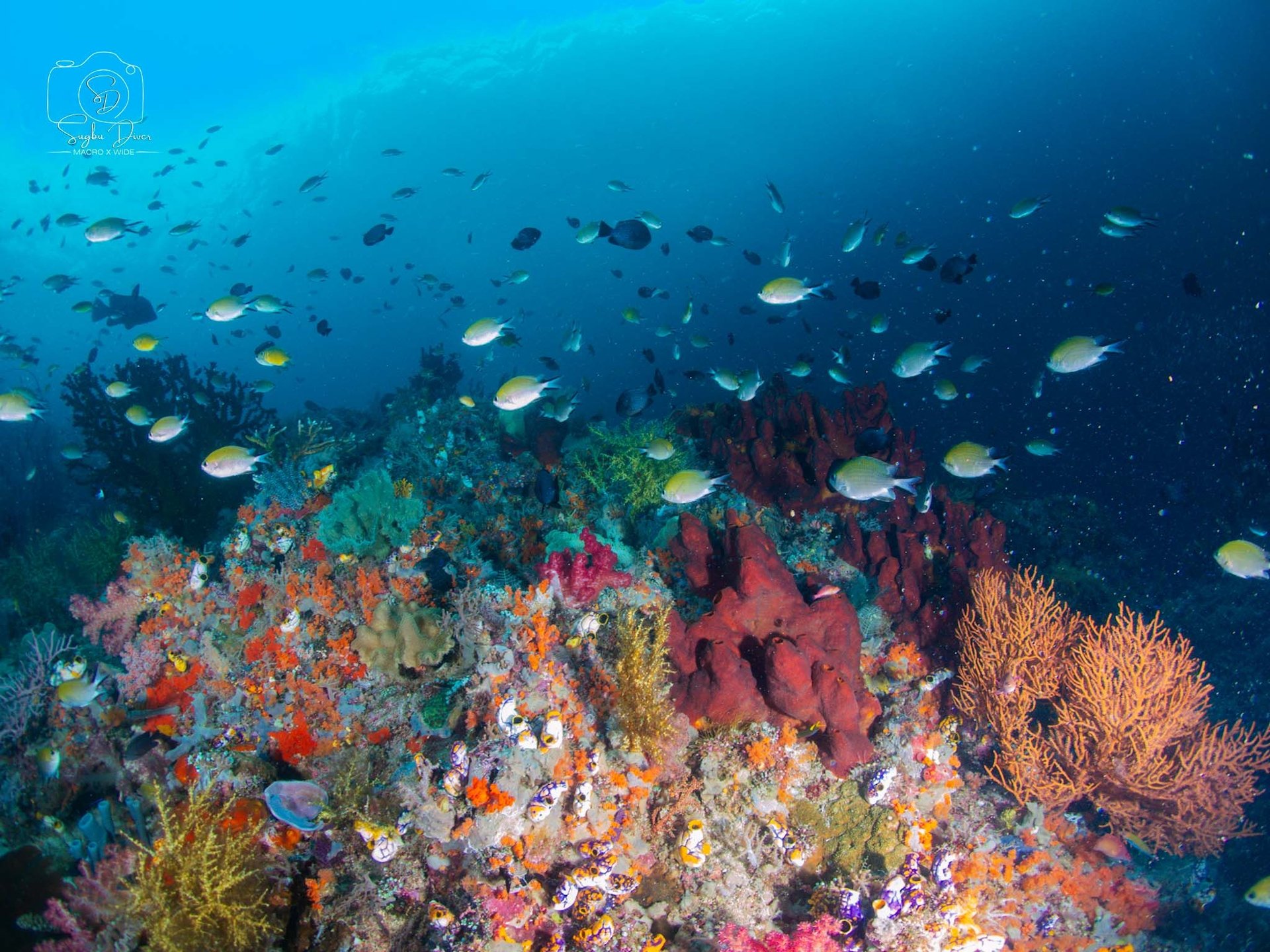
Stunning Coral Reefs: Nature’s Underwater Canvas
I was blown away by how healthy and colorful most of Raja Ampat’s reefs are. Unlike many places where coral bleaching has left scars on the ocean floor, a large portion of Raja Ampat still feels untouched, like it’s been perfectly preserved in time. Giant sea fans, vibrant soft corals, and towering coral bommies create an almost surreal backdrop for every dive.
That being said, I’ve also heard from other divers and marine conservationists that some areas are starting to experience bleaching, likely due to rising ocean temperatures and environmental changes. While it’s not as widespread as in other regions, it's a reminder that even the most pristine places are not immune to climate change. Seeing this made me appreciate the healthy reefs even more, reinforcing the importance of sustainable diving practices.
One of my favorite dives was at Chicken Reef, where the reef slopes down into the deep blue, and every inch of it is alive with marine life. There were moments when I just stopped finning and let the current drift me along, completely mesmerized by the kaleidoscope of colors around me. The sheer density of fish and coral in this spot is unlike anything I’ve seen before.
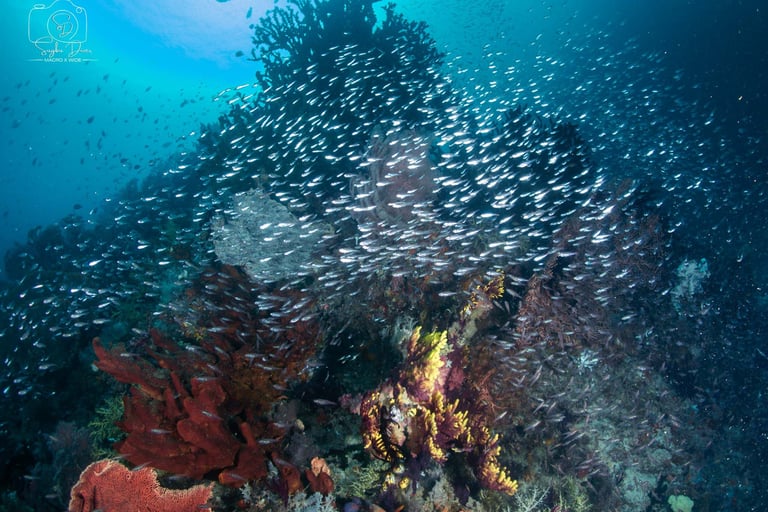

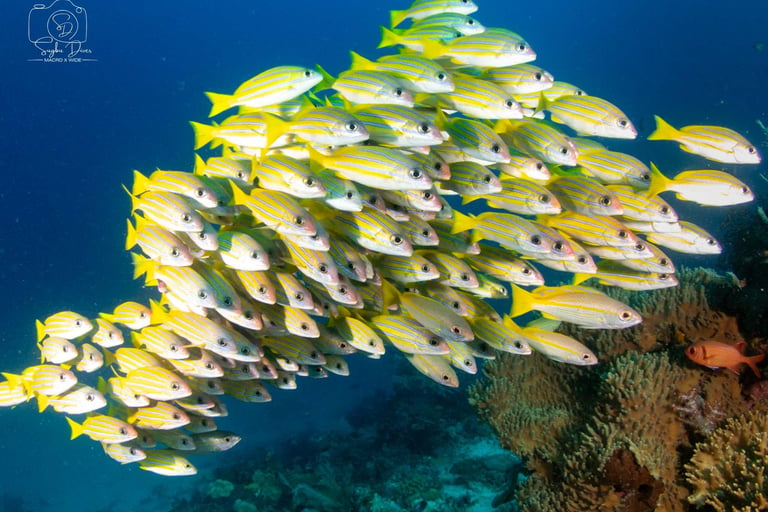

Schooling Fish & Macro Life: A Photographer’s Dream
Diving in Raja Ampat is an incredible mix of big and small encounters. In sites like Sardine Reef, I swam through massive schools of barracuda and jackfish, which moved as one giant shimmering entity. At times, the fish were so dense they blocked out the sunlight, creating an eerie yet magical effect.
On the other end of the spectrum, macro lovers will have a field day here. Pygmy seahorses, ornate ghost pipefish, and nudibranchs in every color imaginable can be found if you take the time to look closely. I was amazed at how my dive guide managed to spot the tiniest creatures in the most unexpected places.
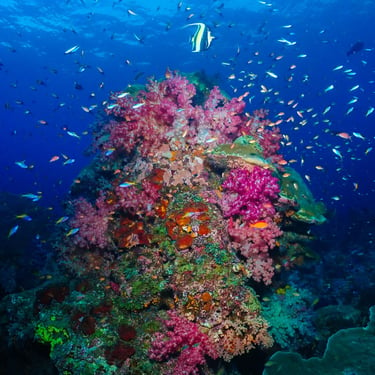
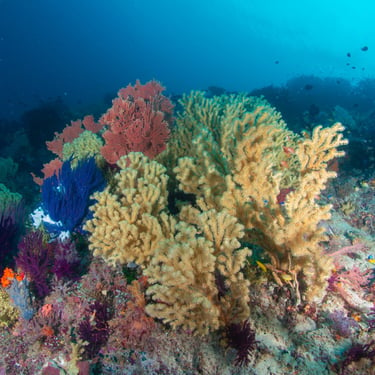
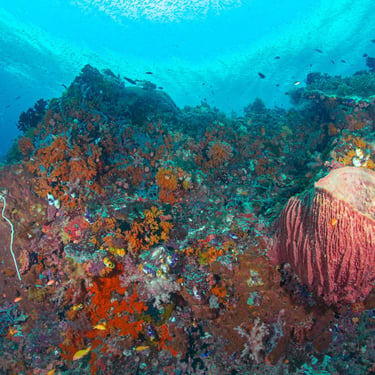
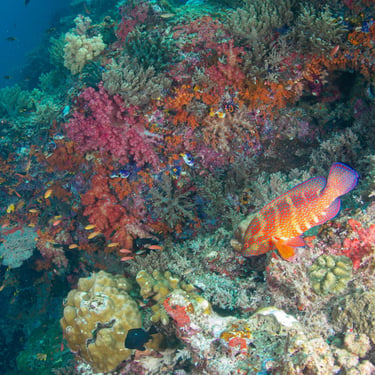
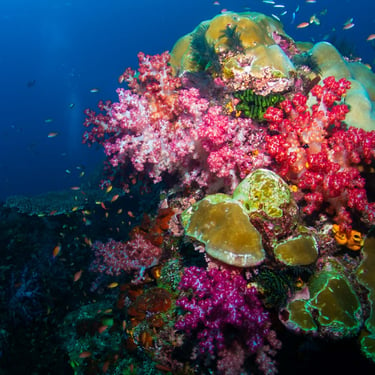
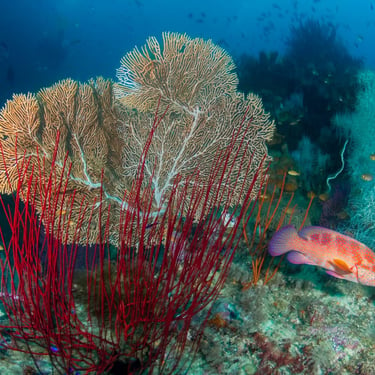
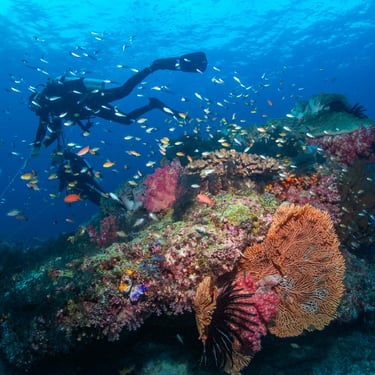
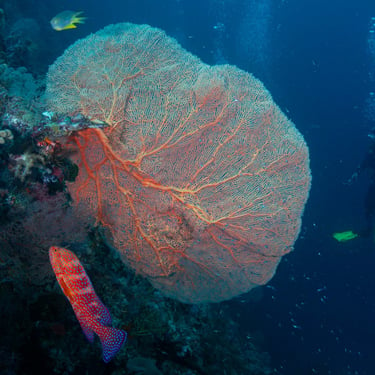
Diverse Dive Sites: A Little Bit of Everything
Raja Ampat’s dive sites are incredibly diverse—no two dives feel the same. Some are thrilling drift dives, while others are calm coral gardens teeming with life. Here are a few unforgettable spots:
Melissa’s Garden – One of the most stunning coral gardens, bursting with healthy hard and soft corals, and home to fusiliers, anthias, and reef sharks.
Boo Windows – Famous for two swim-throughs that open into the deep blue, surrounded by batfish, sweetlips, and wobbegong sharks.
Nudi Rock – A macro paradise filled with nudibranchs, pygmy seahorses, and ornate ghost pipefish, alongside schooling fish and reef sharks.
Chicken Reef – A high-energy drift dive with barracuda, trevally, and grey reef sharks, plus an incredible fish tornado experience.
Four Kings – Four towering pinnacles covered in corals, attracting massive schools of fish, reef sharks, and occasional manta rays.
Cape Kri – A legendary site with some of the highest fish biodiversity in the world. Expect huge schools of jacks, barracuda, and trevally, plus reef sharks and turtles.
Sawandarek – A beautiful shallow reef and jetty dive, famous for its friendly turtles, colorful soft corals, and large schools of fish, making it perfect for both wide-angle photography and macro lovers.
Each dive site offers something unique, from vibrant reefs to action-packed currents. Whether you love macro, big fish, or scenic coral gardens, Raja Ampat has it all.
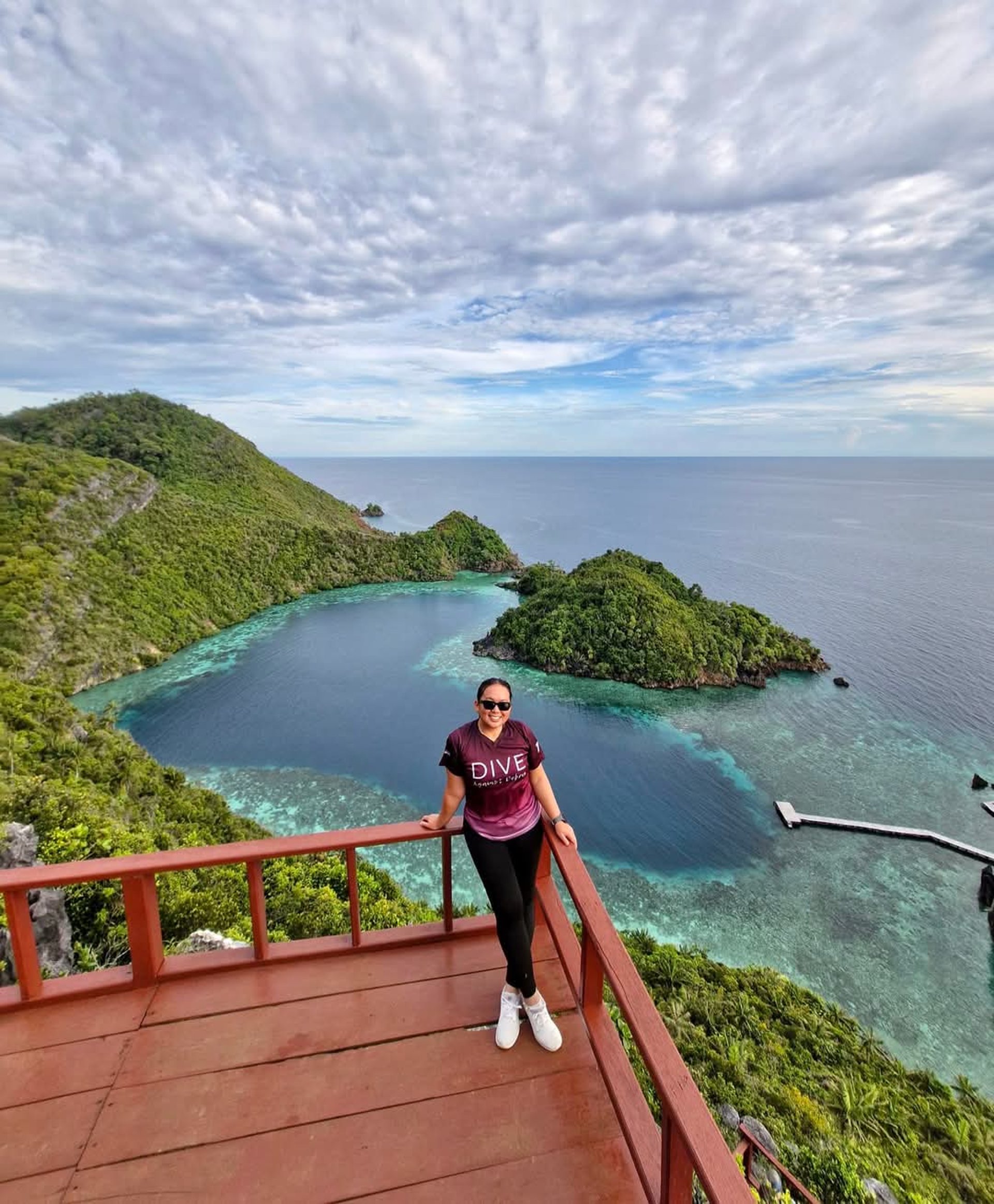
Best Time to Dive? Maybe Yes, Maybe Not So Much
They say November to April is the best time to dive in Raja Ampat—calm seas, warm waters, and the best chance to see manta rays. So, naturally, I planned my trip in November, expecting crystal-clear visibility and perfect conditions.
Reality check? The visibility wasn’t as great as I had heard. Some days were fantastic, with 30+ meters of clarity, but others were more like 10–15 meters, especially in shallower areas. The currents were also stronger than expected, making some dives a thrilling ride rather than a relaxing exploration.
My advice? Before booking your trip, check online dive communities or liveaboard updates to get real-time conditions. Raja Ampat is stunning no matter what, but being informed can help manage expectations.
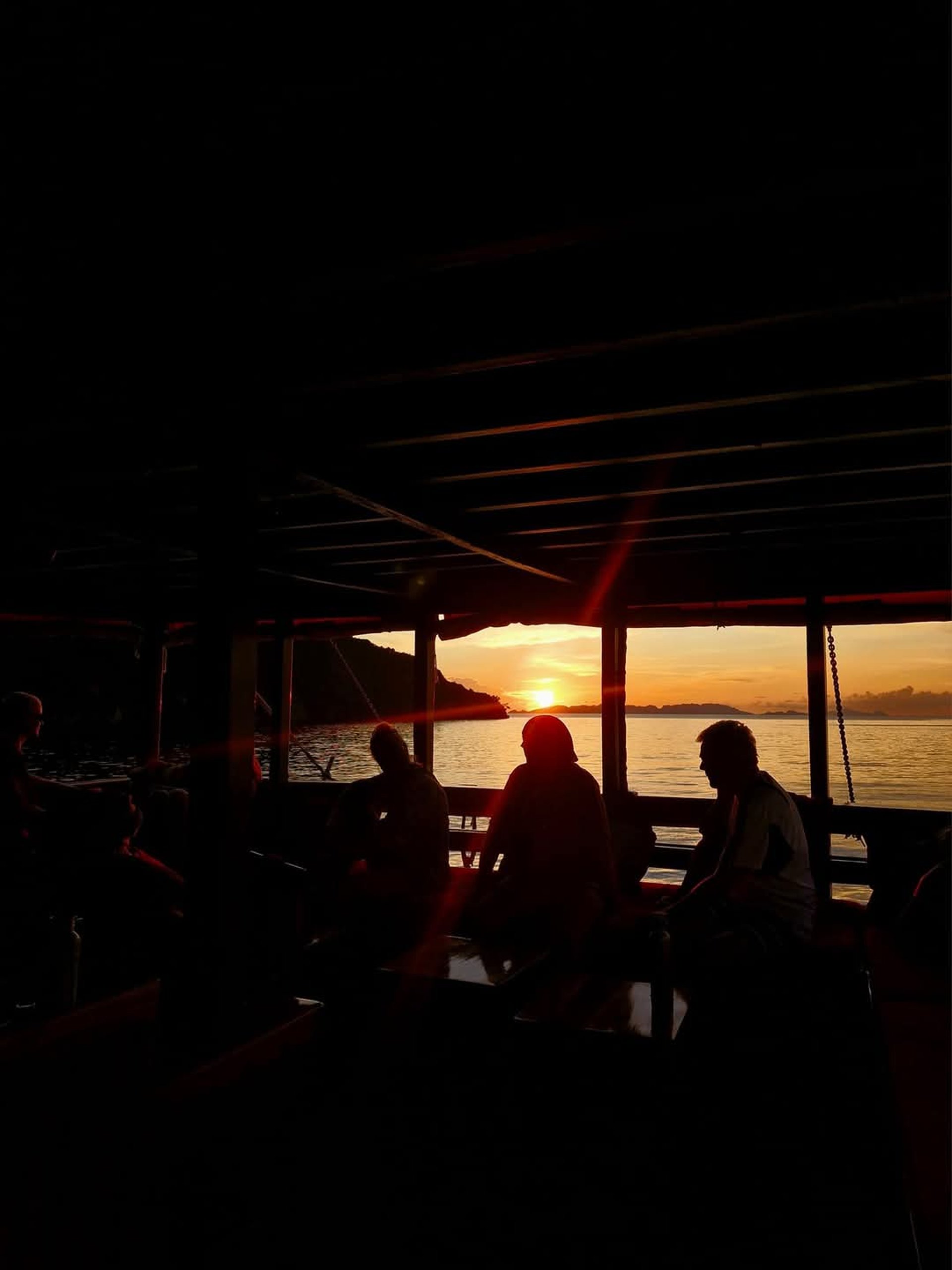
The Challenges & Things to Consider
As magical as Raja Ampat is, it’s not the easiest place to dive. Here are a few things to keep in mind:
1. Expensive Destination
Let’s be real—Raja Ampat is not budget-friendly. Liveaboards and dive resorts can be pricey, and even basic homestays add up when you include diving costs. But for the pristine reefs and marine life, I’d say it’s worth every penny.
2. Strong Currents
Some dive sites, like Chicken Reef and Four Kings, have powerful currents that can be challenging. Drift dives here feel like flying underwater, which is amazing—but not for beginners. If you're not comfortable with currents, stick to the easier sites or dive with an experienced guide.
3. Remote Location
Getting to Raja Ampat takes effort. You’ll need to fly to Sorong, take a ferry to Waisai, then transfer to your resort or liveaboard. It’s a long journey, so plan for rest days before and after diving.
4. Limited Land-Based Accommodation
Most serious divers opt for liveaboards, as they give access to the best sites without long boat rides. Staying on land means waking up early and traveling longer to get to prime dive spots.
5. Equipment Logistics
Rental gear is available, but options are limited and pricey. If you have specific equipment preferences, bring your own well-maintained gear—especially a good dive computer and reef hook for drift dives.
6. Limited Medical Facilities
There’s no nearby hyperbaric chamber, so safety is key. Dive conservatively, stay hydrated, and get proper dive insurance (DAN or similar).
7. Seasonal Weather Considerations
While October to April is peak diving season, conditions can still vary. Visibility, currents, and mantas sightings aren’t guaranteed, so be prepared for some surprises.
8. Not Much to Do on Land
If you’re looking for nightlife, Raja Ampat isn’t the place. Apart from diving, snorkeling, and exploring nature, there’s not much else. But if you love quiet island life and stunning landscapes, you’ll love it.
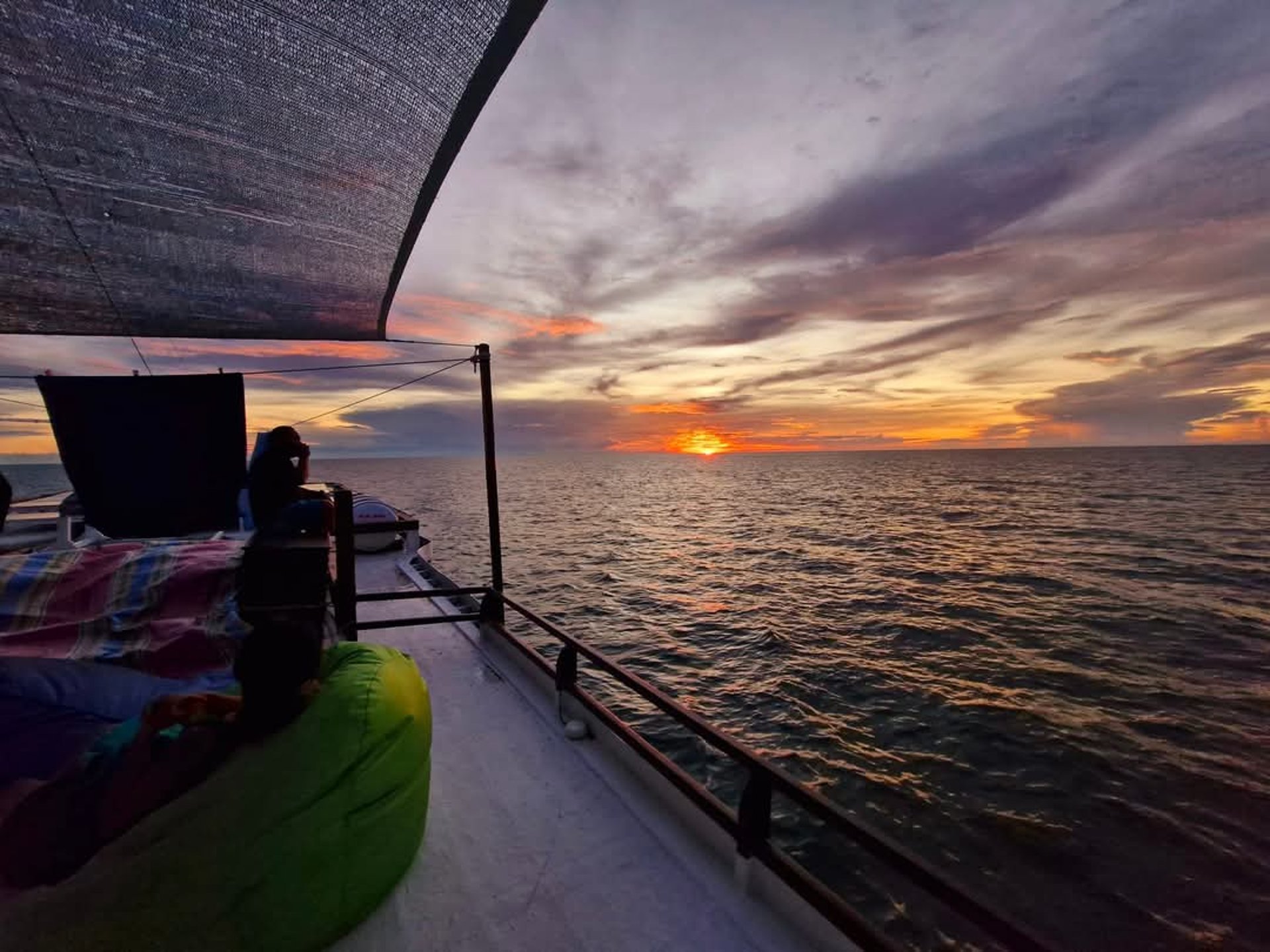
Final Thoughts: Is Raja Ampat Worth It?
Absolutely! Despite the challenges, Raja Ampat is one of the most spectacular dive destinations in the world. The reefs are alive with color, the marine life is mind-blowing, and the remote setting makes it feel untouched and pristine.
Would I go again? In a heartbeat YES. But next time, I’ll double-check conditions before booking—and pack a little extra patience for the journey.
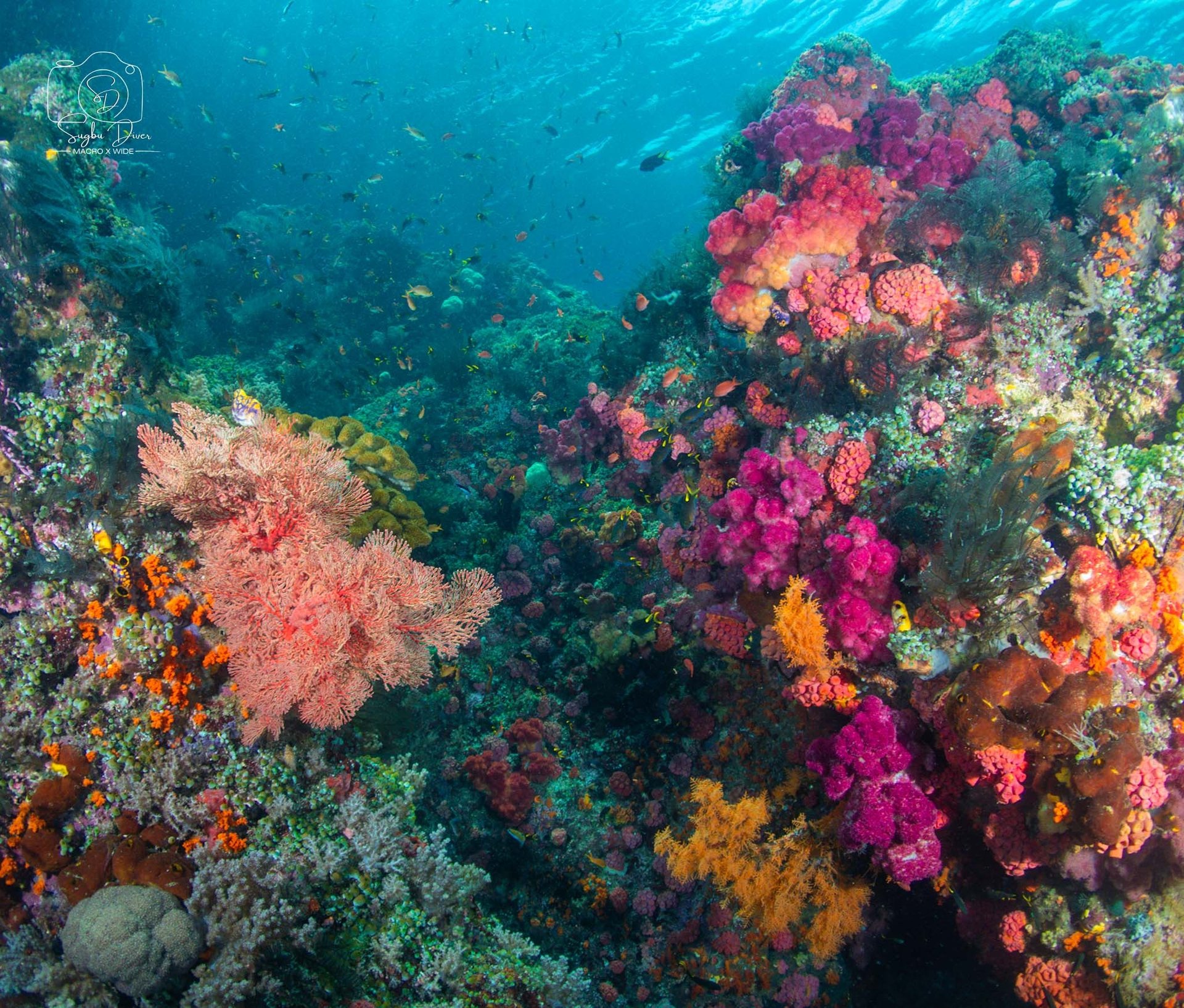
Raja Ampat is my ultimate dream dive destination, and I am truly grateful for the incredible opportunity to experience its beauty. A huge thank you to Liveaboard.com for making this trip possible and to Mari Liveaboard for an unforgettable journey—every dive, every moment was beyond amazing.
Above all, I thank GOD for making this dream a reality. 🙏✨
